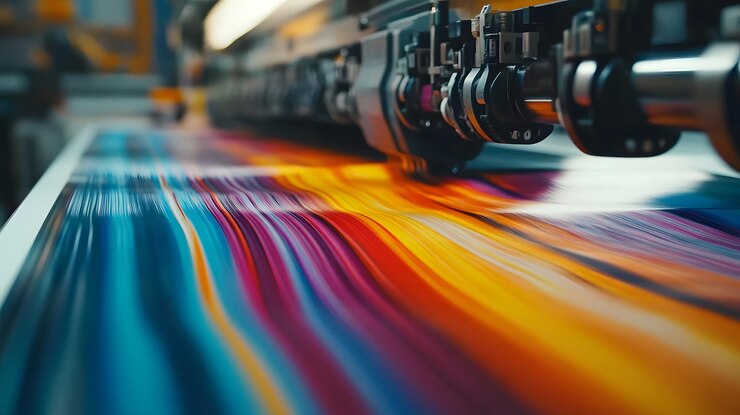The integration of robotics in the printing industry is transforming traditional processes, bringing about a new era of efficiency and innovation. As technology advances, the role of robotics becomes increasingly significant, offering solutions that enhance productivity while reducing costs. This article explores the impact of robotics on the printing industry and examines how these advancements are shaping its future.

The Evolution of Robotics in Printing
The journey of robotics in the printing industry began with the need for automation in labor-intensive tasks. Over the years, robots have been developed to handle various printing processes, reducing the reliance on human labor and minimizing errors. This evolution has allowed companies to focus on quality and innovation, delivering superior products to their customers.
Benefits of Robotics in Printing
Increased Efficiency
One of the most significant benefits of robotics in the printing industry is increased efficiency. Robots can work continuously without breaks, ensuring that production runs smoothly and deadlines are met. This not only boosts productivity but also enhances customer satisfaction.
Cost Reduction
By automating repetitive tasks, robots help reduce labor costs. Companies can allocate their resources more effectively, investing in research and development to create innovative printing solutions. This cost reduction ultimately benefits consumers through lower prices and improved quality.
Improved Precision and Quality
Robots are designed to perform tasks with high precision, minimizing errors and ensuring consistent quality. This precision is particularly important in the printing industry, where even minor mistakes can lead to significant waste and financial losses.
Applications of Robotics in Printing
3D Printing
Robotics play a crucial role in the development of 3D printing technology. Advanced robots can create complex structures with high accuracy, paving the way for innovative applications in various industries. From creating prototypes to manufacturing end-use products, 3D printing is revolutionizing how we approach design and production.
Automation of Printing Processes
The integration of robotics in printing processes such as sorting, packaging, and quality control has streamlined operations. Automated systems ensure that products are handled efficiently, reducing the risk of damage and ensuring timely delivery.
Challenges and Considerations
While the benefits of robotics in the printing industry are undeniable, there are challenges to consider. The initial investment in robotic systems can be substantial, and companies must weigh these costs against potential savings. Additionally, the implementation of robotics requires skilled personnel to manage and maintain the systems, necessitating ongoing training and education.
The Future of Robotics in Printing
The future of robotics in the printing industry is promising, with advancements in artificial intelligence and machine learning enhancing robotic capabilities. As these technologies continue to evolve, we can expect even greater levels of automation and efficiency, further transforming the printing landscape.
Conclusion
The integration of robotics in the printing industry is reshaping the way we produce and consume printed materials. With increased efficiency, reduced costs, and improved quality, robotics are driving innovation and setting new standards in the industry. As we look to the future, the possibilities for robotics in printing are endless, promising a more sustainable and dynamic industry.

FAQs
What are the advantages of using robotics in printing?
Robotics in the printing industry offer increased efficiency, cost reduction, and improved precision and quality, leading to better products and services.
How does robotics impact the cost structure of printing companies?
By automating repetitive tasks, robotics help reduce labor costs, allowing companies to allocate resources more effectively and invest in innovation.
What is the future of robotics in the printing industry?
The future of robotics in the printing industry is bright, with advancements in AI and machine learning enhancing capabilities and driving further innovation.
For more insights into the evolving landscape of the printing industry, explore topics like Traditional vs Modern Offset Printing, AI in Printing Technology, and the Print on Demand Future.
This article contains affiliate links. We may earn a commission at no extra cost to you.






